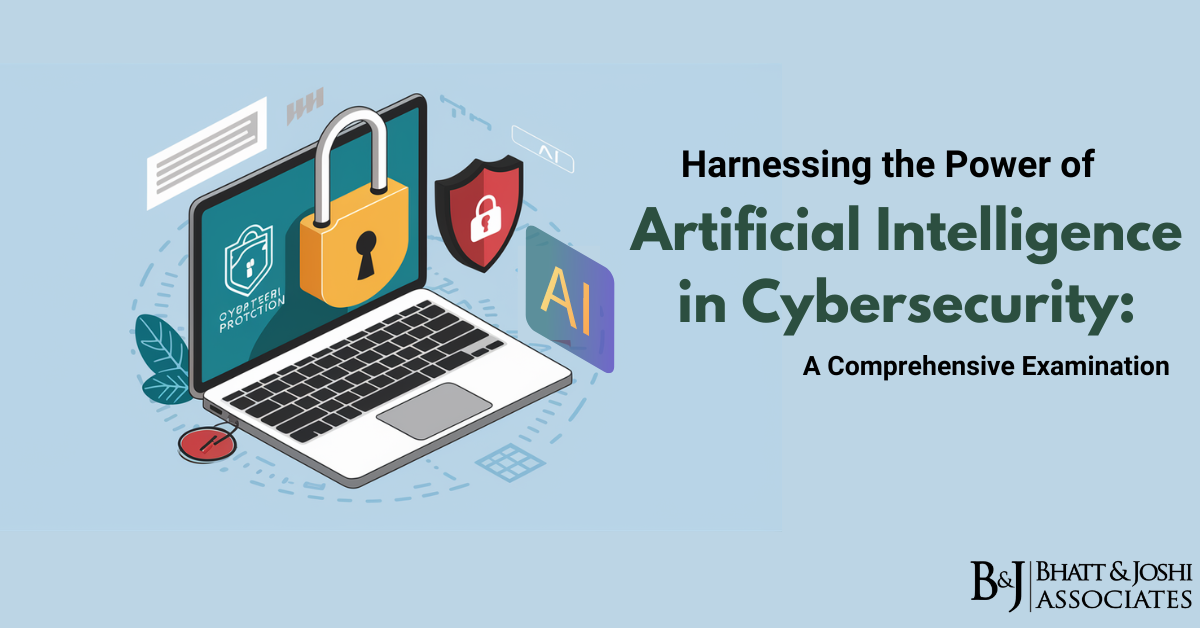Introduction:
In today’s interconnected world, cybersecurity has emerged as a paramount concern for individuals, businesses, and governments alike. The escalating threat landscape, characterized by sophisticated cyberattacks such as malware, phishing, and data breaches, underscores the critical need for robust defense mechanisms. Fortunately, the advent of artificial intelligence (AI) has revolutionized the cybersecurity paradigm, offering innovative solutions to combat evolving threats and safeguard digital assets. This article explores the dynamic intersection of cybersecurity and AI, delving into its implications, challenges, and transformative potential in mitigating cyber risks.
The Cybersecurity Landscape: An Evolving Battleground
The cybersecurity landscape is characterized by its dynamic nature, where threats evolve rapidly, outpacing conventional defense mechanisms. Cybercriminals employ advanced tactics and exploit vulnerabilities at an alarming pace, posing significant risks to organizations and individuals alike. The repercussions of successful cyberattacks range from financial losses to breaches of national security, highlighting the imperative of robust cybersecurity measures. Despite the importance of traditional approaches, such as signature-based detection, they often prove inadequate against novel and sophisticated threats. As such, there is a pressing need for proactive and adaptive security solutions capable of anticipating and responding to emerging threats effectively.
Artificial Intelligence: Revolutionizing Cybersecurity
Artificial intelligence (AI) has emerged as a game-changer in the realm of cybersecurity, offering unparalleled capabilities in threat detection, vulnerability management, and intelligent automation. Leveraging machine learning techniques, AI systems possess the ability to analyze vast datasets, identify patterns, and detect anomalies indicative of potential threats. Unlike traditional methods, AI-driven security solutions exhibit adaptive learning capabilities, enabling them to evolve and adapt to evolving attack vectors. This proactive approach enhances early threat detection and facilitates prompt response, thereby minimizing the impact of cyberattacks.
Identification and Reaction to Threats
AI-driven threat identification and response represent a cornerstone of modern cybersecurity strategies. Unlike conventional signature-based detection methods, which rely on predefined patterns, AI-powered systems employ machine learning algorithms to continuously learn and adapt to evolving threats. By analyzing network traffic, user behavior, and system logs, AI systems can establish baselines of normal activity and identify deviations indicative of potential threats. This proactive approach enables organizations to mitigate risks effectively and preemptively thwart cyberattacks.
Protection Against Threats
Vulnerability management is another area where AI technologies are making significant strides. Manual vulnerability scanning and remediation processes are labor-intensive and prone to human error, particularly as software systems become increasingly complex. AI-powered tools streamline vulnerability assessment by automating scanning processes, prioritizing critical risks, and providing actionable remediation recommendations. By leveraging natural language processing and code analysis techniques, AI systems can identify potential vulnerabilities in source code and propose mitigation strategies, thereby enhancing proactive defense mechanisms.
Behaviour Analytics for Users and Entities (UEBA)
User and Entity Behaviour Analytics (UEBA) leverage machine learning algorithms to analyze patterns of behavior within organizational networks. By establishing baselines of typical user and entity behavior, UEBA systems can identify anomalies indicative of potential security threats, such as insider threats or compromised accounts. Real-time monitoring and analysis enable security teams to detect and respond to suspicious activities promptly, thereby enhancing overall threat detection and mitigation capabilities.
Intelligent Automation
AI-driven automation holds immense potential in streamlining cybersecurity operations and alleviating the burden on security teams. By automating repetitive tasks, such as software updates, patch management, and incident response workflows, AI-powered systems enable organizations to enhance operational efficiency and responsiveness. Moreover, intelligent automation ensures consistency in security procedures across the organization, reducing the risk of human error and ensuring compliance with regulatory requirements.
Addressing Challenges: Safely Integrating Artificial Intelligence into Cybersecurity
While AI offers promising opportunities for bolstering cybersecurity defenses, its adoption and implementation are not without challenges. Adversarial machine learning poses a significant threat, as cybercriminals may attempt to manipulate AI systems to evade detection or exploit vulnerabilities. Additionally, bias in AI algorithms can lead to unintended discrimination or unfair treatment, underscoring the importance of transparency and accountability in AI decision-making processes. Furthermore, the integration of AI technologies requires substantial investments in data infrastructure, processing power, and specialized expertise, necessitating careful evaluation of organizational needs and risk profiles.
Conclusion: Embracing Artificial Intelligence for Cybersecurity
In conclusion, the convergence of AI and cybersecurity represents a paradigm shift in the fight against cyber threats. By harnessing the power of machine learning and advanced analytics, AI-driven security solutions offer proactive, adaptive, and scalable defense mechanisms against evolving cyber risks. However, the successful integration of AI in cybersecurity requires careful consideration of challenges such as adversarial machine learning, bias reduction, and resource constraints. Through collaboration between technology experts, policymakers, and security professionals, we can leverage AI to create a safer and more resilient digital ecosystem for all stakeholders. Embracing AI-enabled cybersecurity solutions holds the key to safeguarding critical infrastructure, protecting sensitive data, and ensuring the integrity of our digital society in the face of evolving cyber threats.














